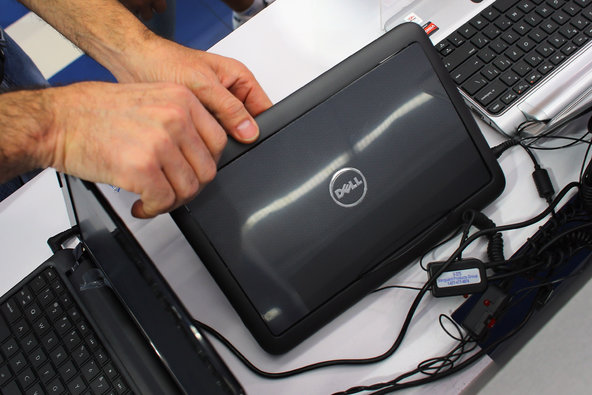The survey, from the payroll provider ADP, found that May’s gain was above April’s revised total of 113,000 but much lower than the gains ADP reported over the winter. Those numbers averaged more than 200,000 a month from November through February.
Productivity rose at a seasonally adjusted annual rate of 0.5 percent in the first quarter, after a 1.7 percent decline in the October-to-December period, the Labor Department said on Wednesday. With productivity growth slow, companies might have to add workers if demand for their products continues to grow.
The first-quarter performance was revised down slightly from an initial estimate of a 0.7 percent first-quarter increase. The revision reflected the fact that the government lowered its estimate of overall economic output in the first quarter to a rate of 2.4 percent, from 2.5 percent. Productivity is the amount of output per hour of work.
Labor costs actually fell in the January-to-March quarter, dropping at an annual rate of 4.3 percent after having surged at an 11.8 percent rate in the fourth quarter.
The trend in productivity has been fairly weak in recent years. For all of 2012, productivity rose just 0.7 percent, after an even smaller 0.6 percent rise in 2011.
Those gains were less than half the average growth in 2009 and 2010, shortly after many companies laid off workers to cut costs during the recession. And it is below the long-run trend of 2.2 percent annual growth in productivity dating to 1947.
But most economists say they expect higher Social Security taxes have started to weigh on consumers. That should slow economic growth in the second and third quarters.
The ADP survey is derived from payroll data and tracks private employment. It has diverged at times from the government’s more comprehensive monthly jobs report, which will be released on Friday. In April, the government said private employers added 176,000 jobs, much higher than the ADP’s estimate.
Economists say the gap between the ADP survey and the government figures has narrowed since Moody’s Analytics began compiling the numbers eight months ago. Still, it has differed from the Labor Department’s report by about 40,000 a month since then.
“The ADP survey has never been the most reliable indicator,” Paul Ashworth, an economist at Capital Economics, said in a note to clients.
Economists forecast that the government’s report will show employers added 170,000 jobs in May, according to a survey by FactSet. The unemployment rate is expected to stay at a four-year low of 7.5 percent.
Most economists said the ADP report would not prompt them to change their forecasts.
The ADP report found that manufacturing companies cut 6,000 jobs last month. Construction firms added only 5,000, below the previous month’s 15,000 gain, and retail hiring has also been weak.

Article source: http://www.nytimes.com/2013/06/06/business/economy/economic-data-shows-weak-gains.html?partner=rss&emc=rss

